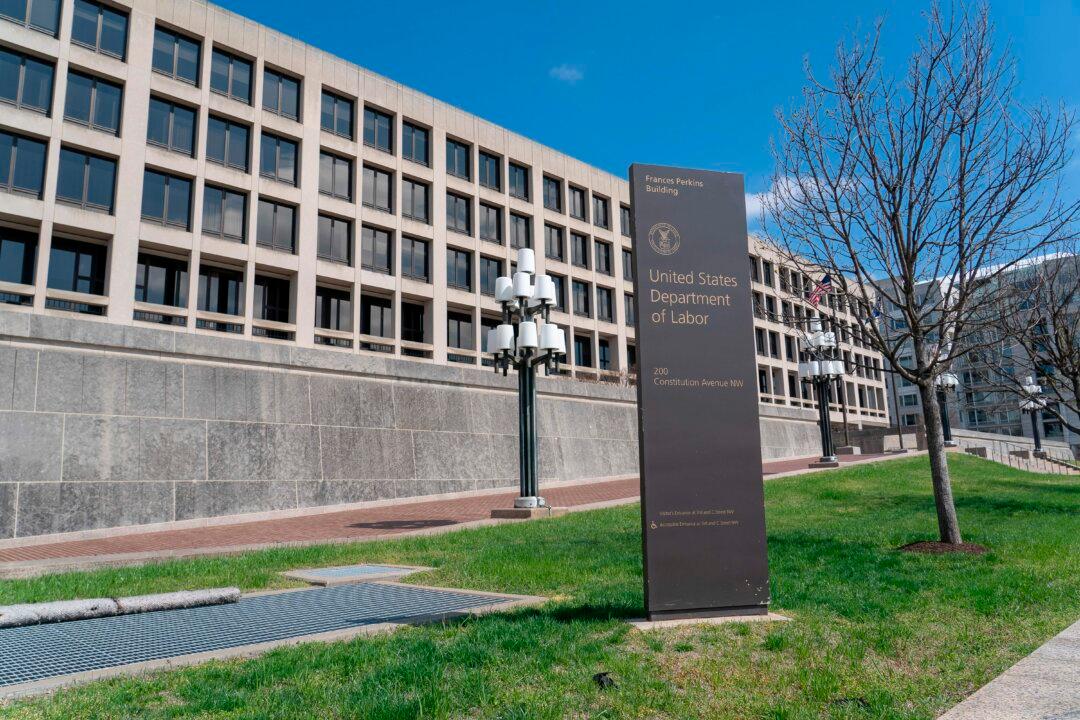First-time claims for unemployment benefits in the United States were up higher than expected in the week ending March 5, according to the jobless claims report (pdf) released March 10 by the U.S. Department of Labor.
The latest weekly data shows the impact of the Omicron variant, which hit the United States earlier this winter, briefly disrupting the labor market’s recovery. But new applications for unemployment benefits are still near historically low levels as employers cling to workers in a tight labor market.





